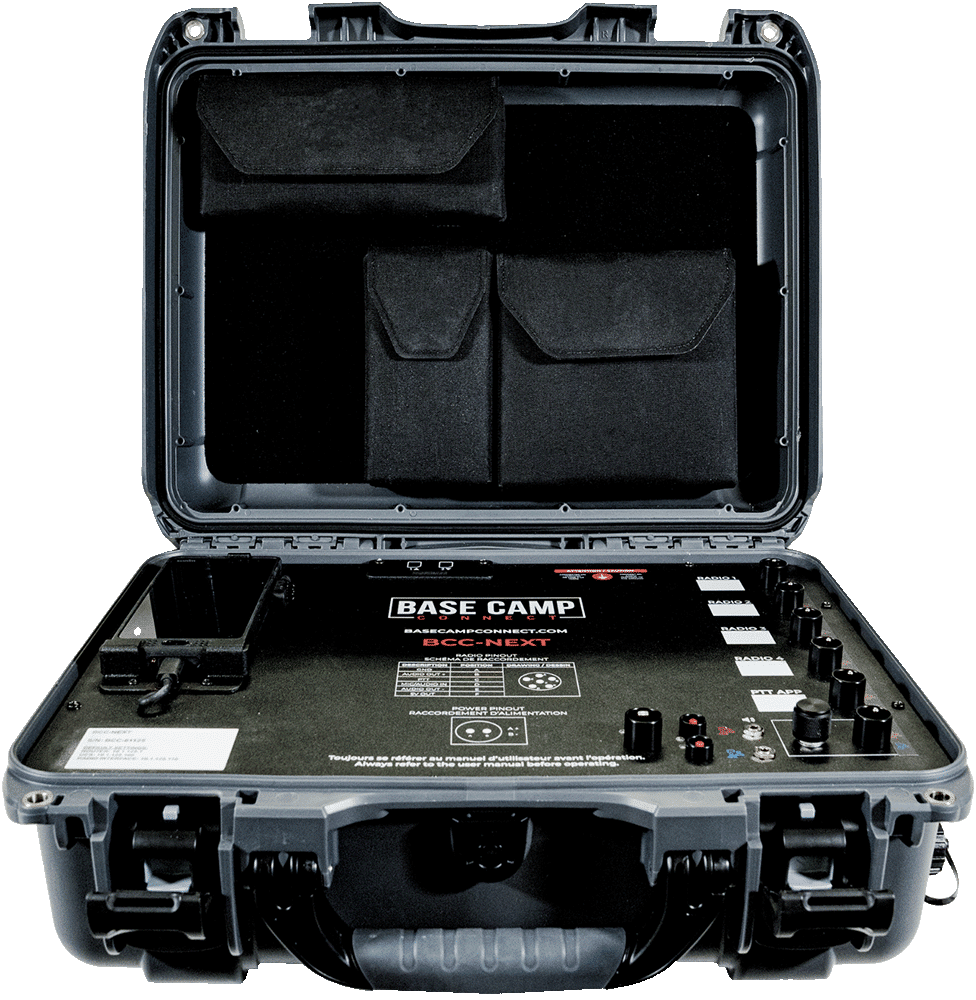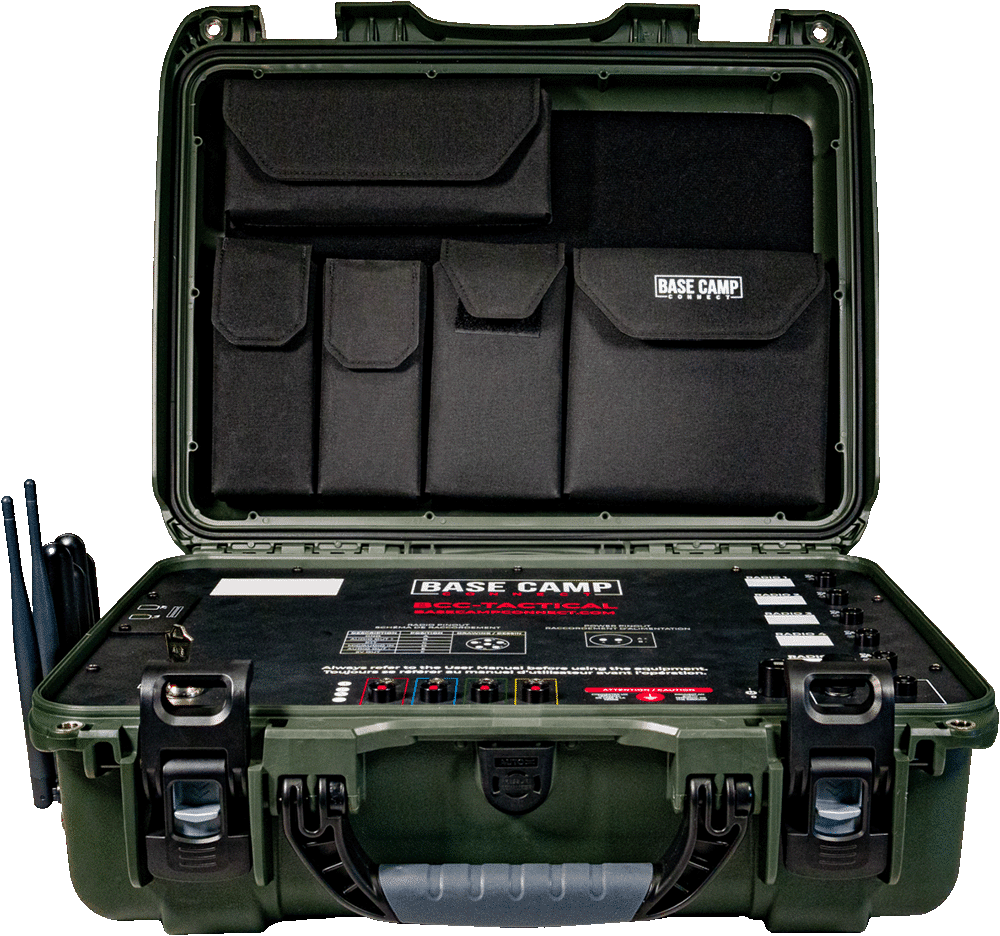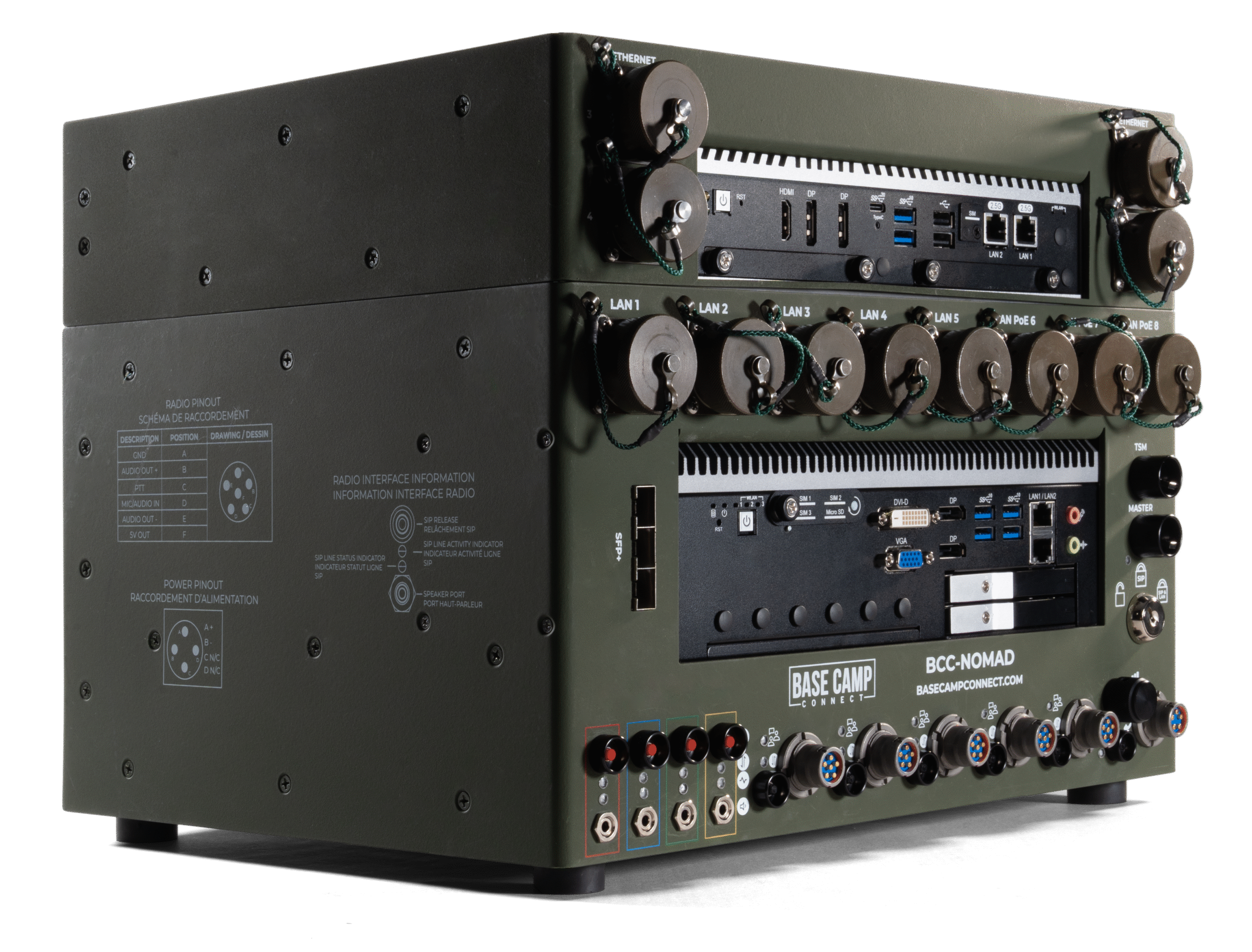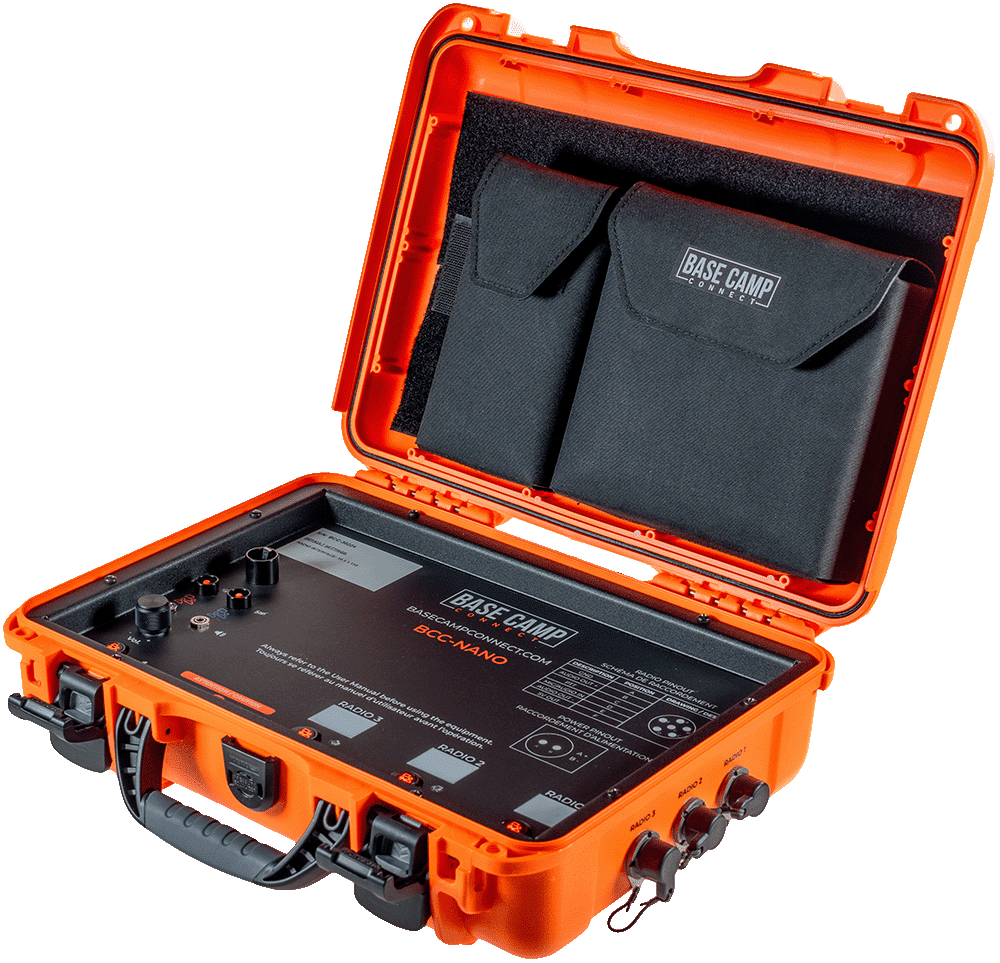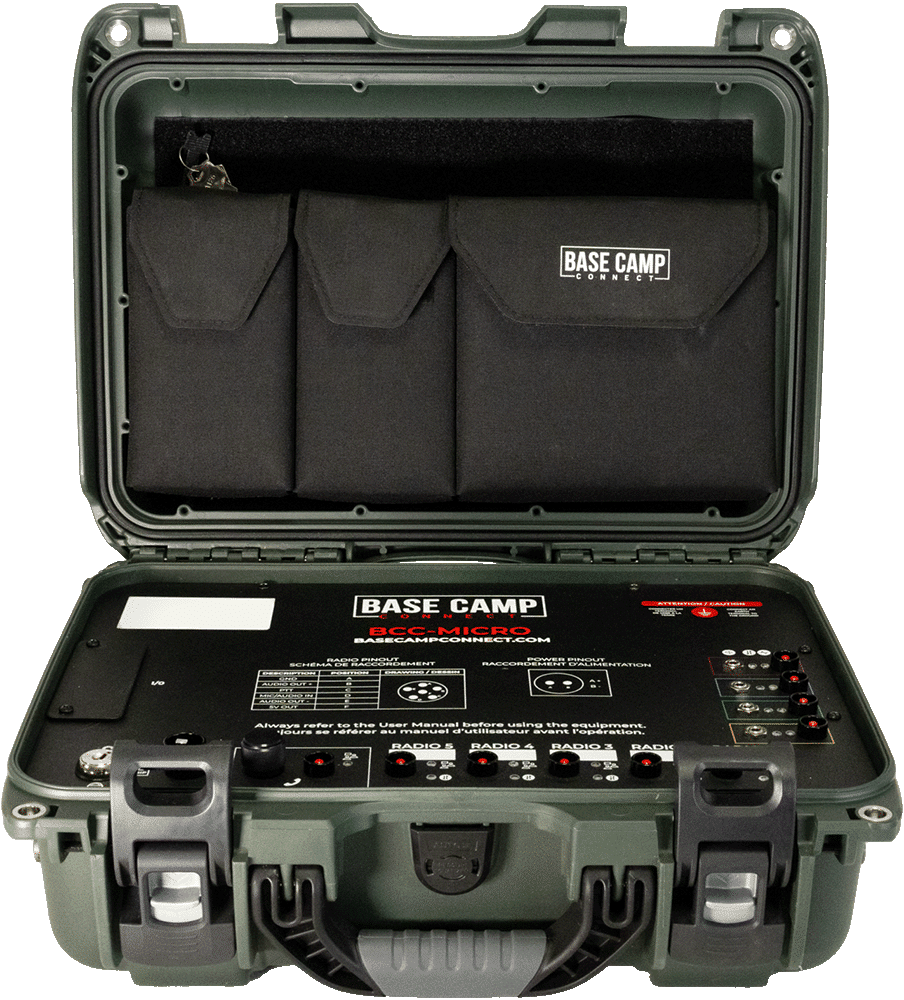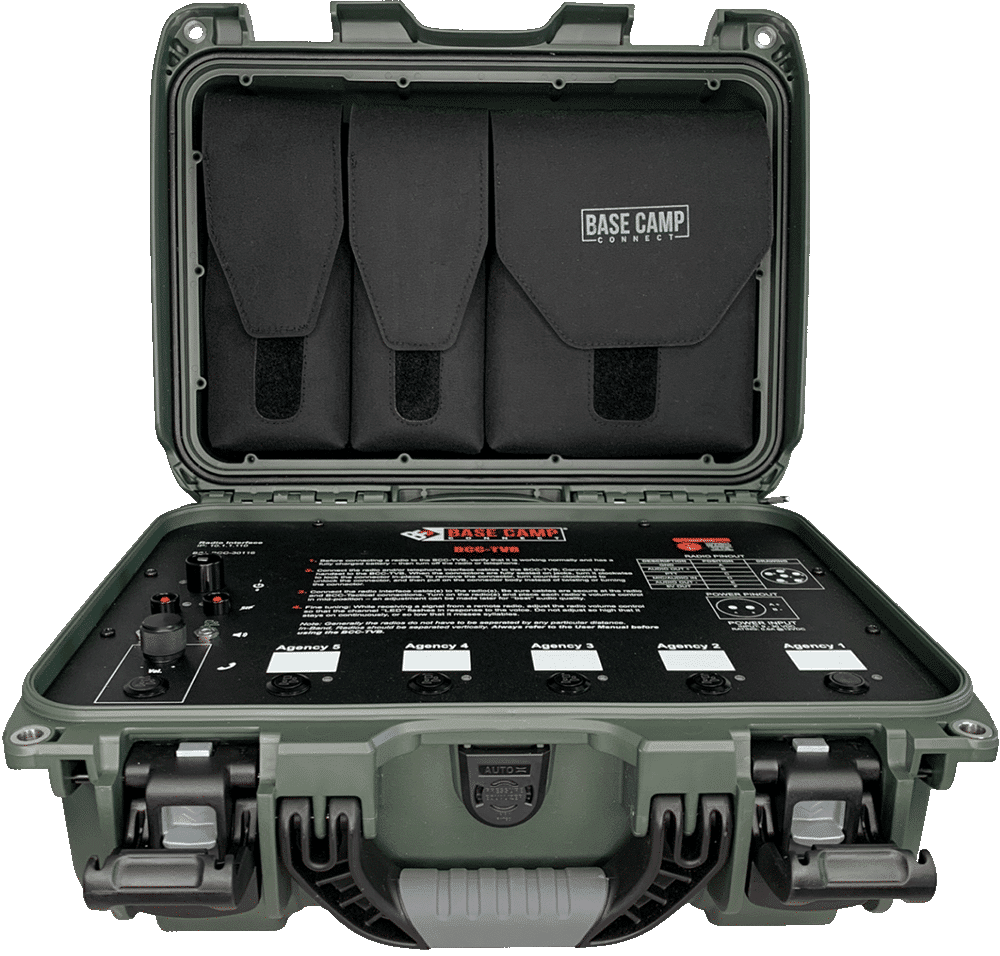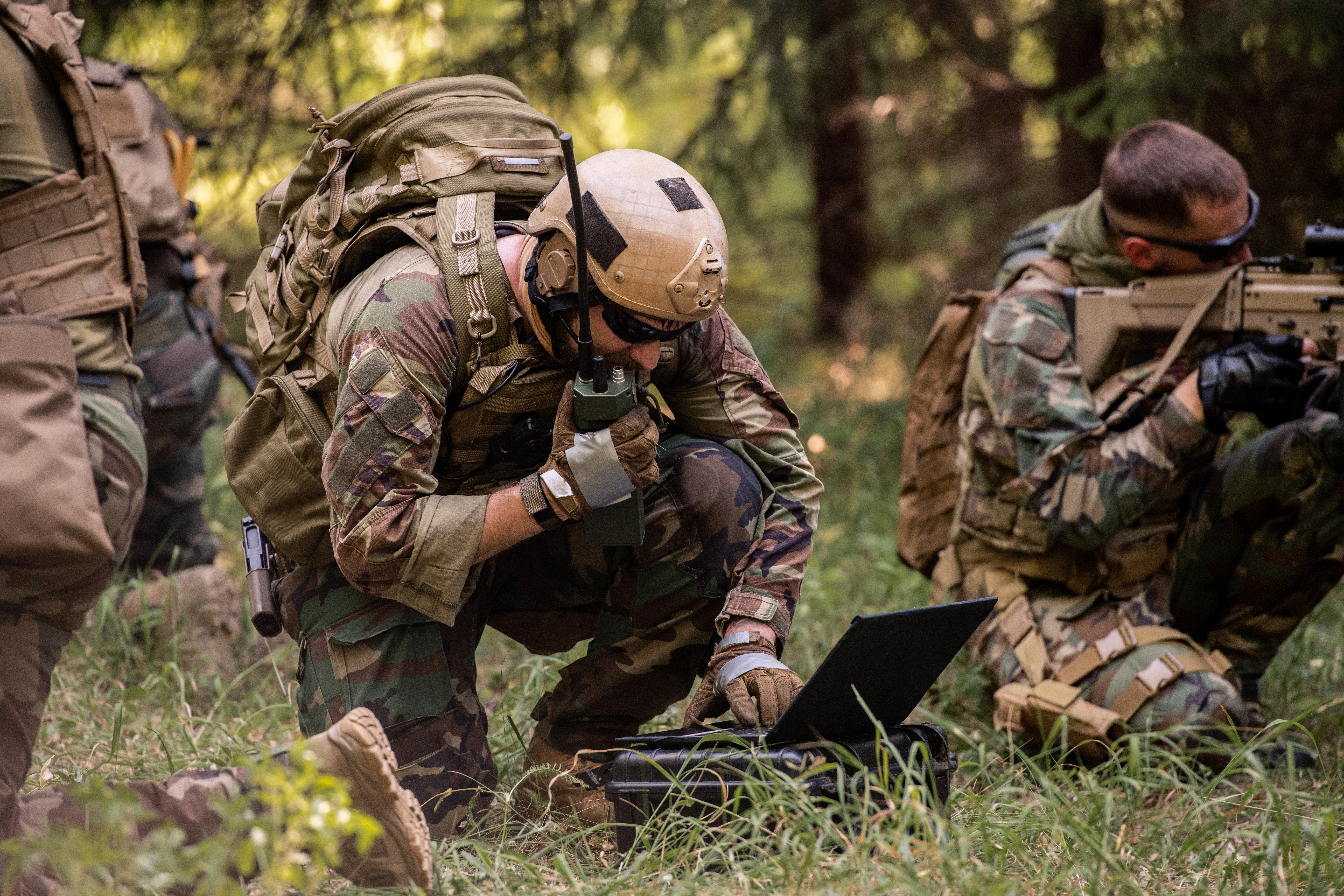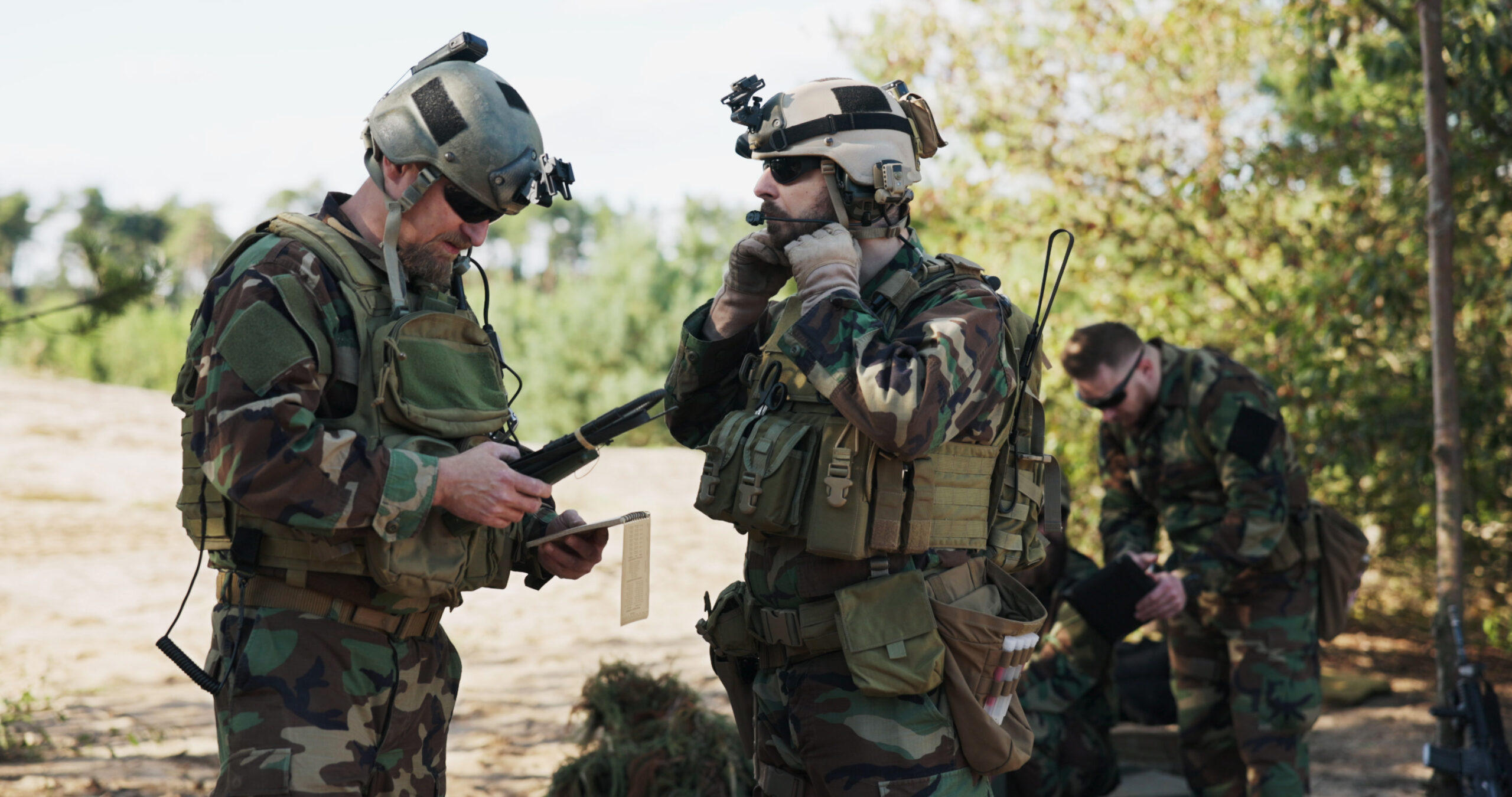From acquisition to adoption: successfully integrating communication technologies with the BCC approach
When new communication equipment arrives, it can feel like a holiday. The unboxing of something that will likely make your work as a first responder easier or expand your current capabilities can be exciting. When I was the equipment manager for a search and rescue team, my feelings were a bit mixed when new gear arrived.
I was, of course, thrilled to see new gear, but I also knew it would come with the headache of getting it logged into our system and making sure it was used correctly. As an all-volunteer team, our training occurred once a month, so getting everyone up to speed on new communications gear was not always easy.
It wasn’t uncommon for team members who missed training to need on-the-spot instruction during a search. The experience reinforced my belief in the importance of training your team on new equipment. This is especially true when the gear is technical in nature, as communication assets typically are. Degraded communications capabilities during actual events is never a good thing.
The speed at which technology advances is having a profound effect on communications capabilities. One example is the way Artificial Intelligence (AI) seems to have been integrated into everything from our internet searches to the drive-through ordering menu seemingly overnight. Communications equipment is evolving at a rapid rate.
First responders must keep up with these advancements as emerging communication tools will vastly improve information sharing and coordination of efforts, ultimately helping to ensure public safety. Having a training program in place to help everyone get the most out of new communication tools is vitally important.
Components of an Effective Training Program
Training programs come in all shapes and sizes. I have found that the best programs for training first responders on new communications equipment incorporate the following six elements at a minimum.
- Initial training
- Ongoing education
- Scenario-based training
- Cross-agency training
- Assessment and Feedback
- Updated & refresher training
When new communication tools arrive, the team must be provided with an initial training session to introduce the equipment. It’s important to ensure the person providing the training has a solid understanding of the equipment. This task should not be assigned to someone who is not qualified to lead the period of instruction. The training must include an introduction to the equipment, a step-by-step guide on how to operate it, and a practical exercise to reinforce the training.
With regard to ongoing education, first responders must be kept up to date on anything that affects the equipment or the way it is used. Due to the technical nature of communications gear, a specific member of the team should be assigned the responsibility of keeping track of any updates released by the manufacturer. When updates are released, the team needs to be notified.
I am a huge fan of scenario-based training. Once first responders have been given the initial period of instruction, realistic scenarios help to bring added clarity to the real-world application of new tools. This type of training builds a greater understanding of the equipment, allows the team to strengthen problem-solving skills, and helps to build confidence in the gear and its capabilities.
Few first responders operate in a bubble. Most organizations work with various other agencies to accomplish their mission. Cross-agency training is similar to scenario-based training but focuses on building standard operating procedures between agencies. In many cases, each agency will be using different types of communications gear. For that reason, training should focus on addressing issues with interoperability and resource sharing.
The final component of training is assessment and feedback. Trainers should track the performance of first responders during the training to identify anyone that may need additional instruction. First responders should provide feedback on the instructor’s performance as well. Together, the trainers and trainees should develop a plan for continuous improvement.
Implementing Training Programs
Now that we have identified the components of effective training programs let’s talk about implementing them. Every organization is different, but the following five steps are a good foundation that everyone can benefit from.
- Identify training needs
- Develop a training plan
- Engage experts
- Utilize technology
- Evaluate and adjust
As new communications equipment is introduced, start by understanding the level of training needed. Are your people already familiar with this gear? Is it similar to something you are already using? Look at what training you and your team already have and identify what gaps need to be addressed.
Once the shortfalls are identified, you can begin to develop a training plan. As we have already mentioned, a comprehensive training plan includes initial training, ongoing education, and real-world exercises. Create clear goals and objectives for the training. Crafting a detailed outline of the training content and how you plan to deliver the material is important. Remember to schedule the time needed for all training phases.
If you are lucky, you or someone in your organization will have experience with the new communications equipment or something similar. If not, you will need to seek out subject matter experts. Start with whoever is providing the equipment to you. Manufacturers are usually more than happy to assist you with using their communications equipment. Another excellent resource is other agencies you work with. Someone else in the area may already have the communications equipment and can help train you and provide best practices they have already discovered.
Remember to utilize technology that can help train first responders on your new gear. There may already be online course modules, virtual trainers, or YouTube videos that help break down the equipment and its use. You can also use technology, like online meeting platforms, to connect with experts outside your region.
Regularly evaluate the effectiveness of your training program. One of the best methods for doing this is using assessments and feedback from the first responders you are training. Candid feedback can help improve the training and ultimately make your organization much more effective in real-world situations. At a minimum, you should reevaluate your training methods annually. Welcome the opportunity for feedback to improve your training methods.
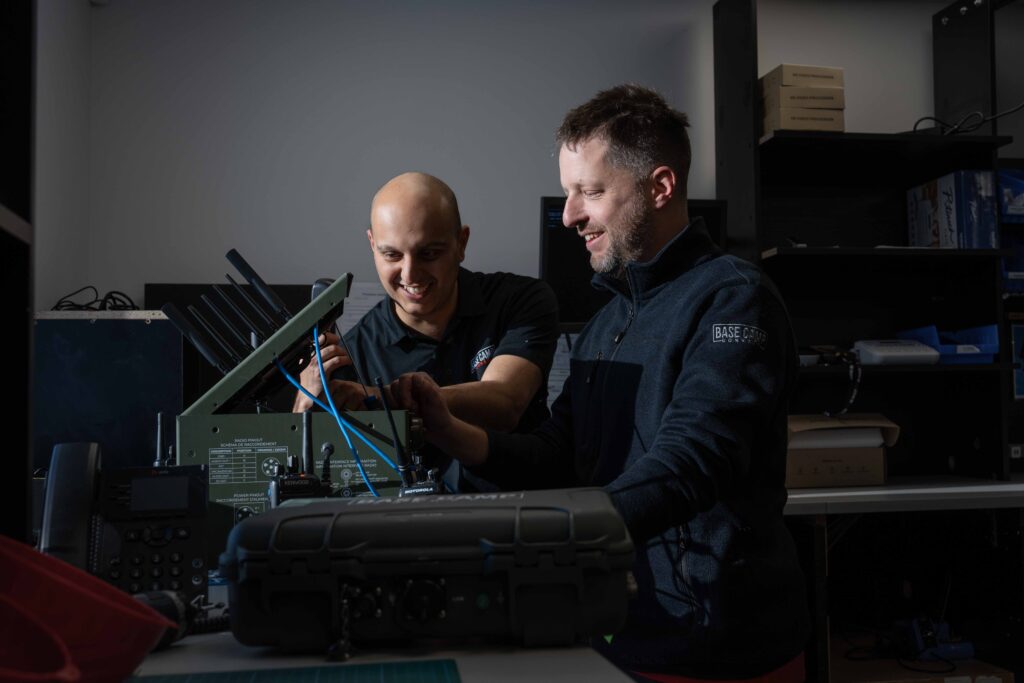
Resistance to Change
Whenever talking about developing a training program, it is worth pointing out that you may encounter resistance to change. It is human nature that we get comfortable with a particular type of communications gear and resist using something new and unfamiliar. Change can be uncomfortable and even scary. As the trainer, it is your job to confront this resistance and keep it from degrading the adoption of new tools.
Start by communicating the benefits of the technology. Explain the advantages over previous communication tools and how they will enhance the capabilities and effectiveness of the team. It may help to include trainees in the development of the training program. This helps to create buy-in and ownership. If resistance is still present, offer additional support and resources to make the transition to new equipment easier.
Keeping Up with Technology
Communications technology evolves quickly, making it challenging to keep training programs up to date. Foster partnerships with manufacturers and suppliers to stay informed about the latest developments. Regularly review and update training programs to incorporate new tools and features. The little bit of time you put into staying current will come back to you many times over.
When new communication equipment arrives, it can be exciting, but it also brings the challenge of integrating it into existing systems and ensuring first responders are properly trained to use it. A well-developed training program is essential for first responders to effectively use new communication tools, which are often complex and technical.
Effective training programs include initial training, ongoing education, scenario-based exercises, cross-agency training, and continuous assessment and feedback. Implementing these programs involves identifying training needs, developing a detailed plan, engaging experts, utilizing technology, and regularly evaluating the program. Despite resource constraints and resistance to change, you can overcome these challenges and help develop a training program that strengthens your organization.
